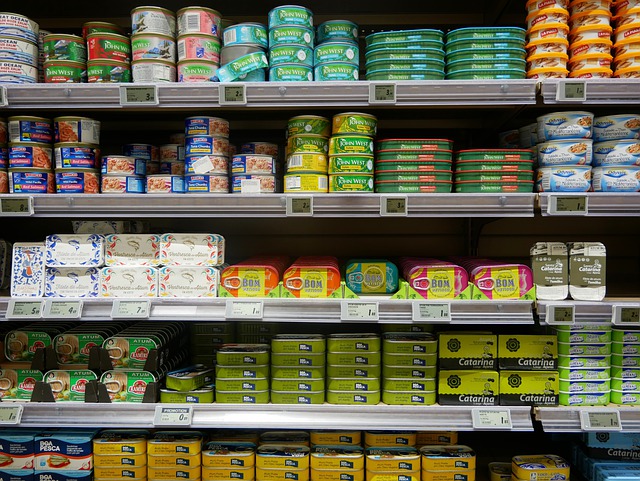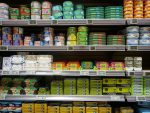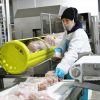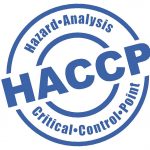Recent news mentions of near-infrared (NIR) spectroscopy have centered on the James Webb Space Telescope and the remarkable images it’s capturing. These pictures are exciting, but they are not the only applications for NIR technology. Scientists are using it closer to home to better predict food shelf life and prevent food adulteration.
Assessing Shelf Life
Currently, the best-by or use-by dates printed on food labels are assigned arbitrarily and contribute to millions of pounds and billions of dollars of food waste each year. These dates are often randomly assigned and can vary from state to state. For example, milk in Montana must have a sell-by date 12 days after it was pasteurized. California leaves the sell-by dates up to the manufacturers and Texas does not provide any guidelines.
Determining the shelf life of a product is challenging. Other than simply monitoring to determine when something spoils, food processing plants are limited to studies identifying and testing spoilage causes. Everything from the microbiology of the food to the amount of water or pH level can impact how quickly a product spoils and how long it might last on a shelf.
Near-infrared is the section of the light spectrum that lies just outside what the human eye can detect, right next to red. Utilizing NIR moisture transmitters and spectroscopy during food testing phases can more accurately determine spoilage causes and the shelf life of a given product.
Sensors use this nonvisible portion of the light spectrum to detect the chemical bonds between atoms in carbon-based or organic compounds. Each compound has a unique wavelength. These scanners can also monitor the atomic bonds’ degradation, indicating food spoilage.
This capability also allows NIR spectroscopy to better predict food shelf life by monitoring the quality of ingredients, painting a clearer picture of how long they might last on the factory floor or grocery store shelves.
Preventing Food Adulteration
Food adulteration and counterfeiting are growing problems. In the best-case scenario, consumers might buy salmon trout thinking they’ve purchased salmon. In worst-case scenarios, food adulteration can be dangerous or even deadly.
For example, milk powder is used in everything from baked goods to baby formula. It’s valued based on its protein content, which was traditionally determined using a nitrogen assay. Food counterfeiters found that diluting milk powder with other nitrogen-rich substances could fool the assay, allowing them to profit more while stretching their supplies.
Unfortunately, many of the nitrogen-rich chemicals chosen for this adulteration—such as melamine and cyanuric acid—become dangerous in higher concentrations. This can harm infants who may rely on milk powder in formula for their primary nutrition.
NIR spectroscopy can help identify and prevent food adulteration, because it cannot be fooled as easily as a nitrogen assay. Each organic compound has a unique fingerprint, and NIR spectroscopy can recognize those fingerprints. Preventing food adulteration could help reduce waste and avoid costly or dangerous recalls.
Detecting Spoilage and Predicting Taste
The good news for food manufacturers is that NIR spectroscopy may soon become much more affordable and accessible. Researchers have developed a pocket-sized, Bluetooth-enabled NIR scanner that can detect food spoilage in animal proteins and determine the freshness and shelf life of produce.
It estimates the water content, fats, proteins or carbohydrates in animal product samples. It can also detect and monitor variables in produce, such as total soluble sugar, which determines how sweet the ripened product might become, as well as titratable acidity and other similar data points.
Pairing this data gathering with a machine learning system means that the more samples these scanners are exposed to, the more accurate their readouts will become. Imagine being able to pull a phone-sized device from your pocket to determine when best to harvest a crop or which tomatoes on the shelf will taste the best. The technology isn’t ready for those commercial applications yet, but the potential exists.
NIR spectroscopy might seem like complex science destined for outer space or underground laboratories. But it’s ability to detect spoilage and product adulteration, predict shelf life and even signal when foods are ready for harvest signal a bright future for the technology in food safety.







